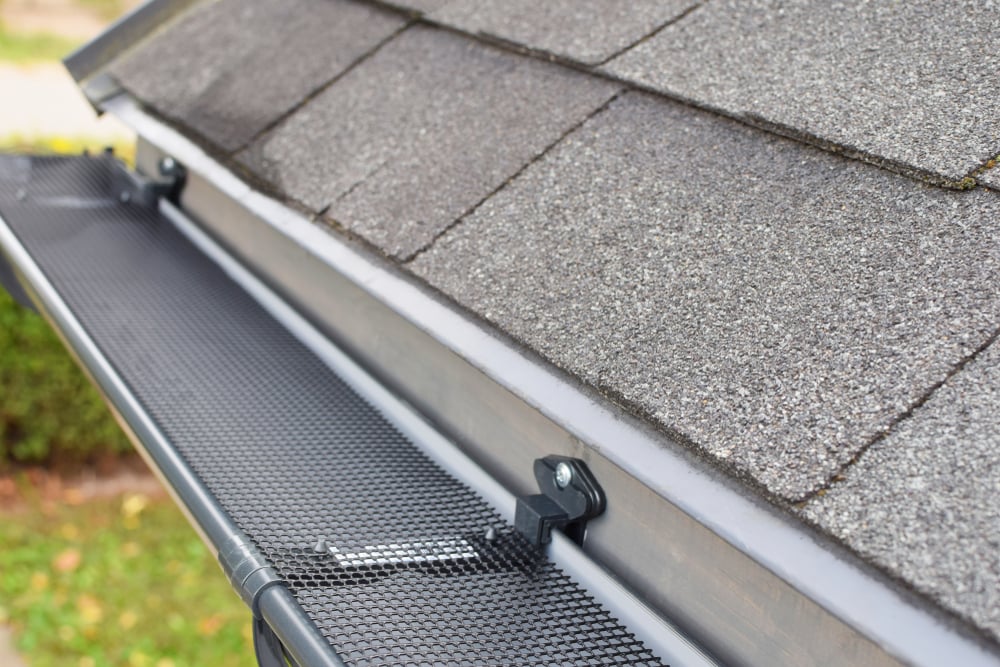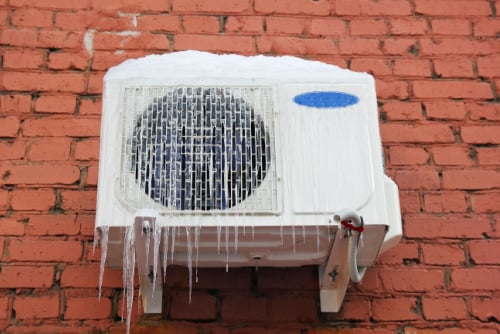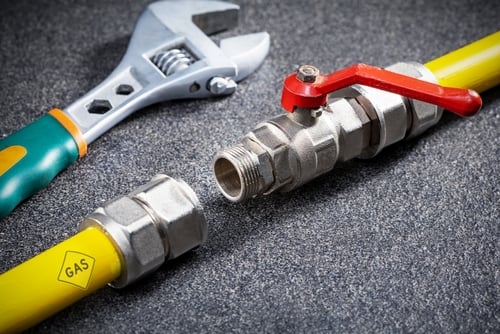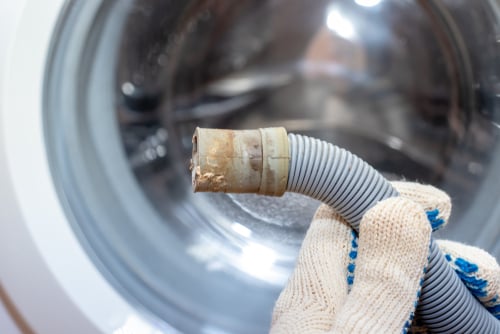A Few Simple Steps to Keeping Water From Damaging Your Home.
To keep your gutters clean, you have two choices: grabbing a ladder and cleaning them out regularly, or installing gutter guards to prevent leaves and other debris from getting in there.
Gutter guard installation may not completely eliminate the need for cleaning, but it’ll definitely make it easier and less frequent. With the right tools, a little prep, and a few simple instructions, it’s a project you can handle in less than a day.
Gutter guards sit either on top of or inside your gutter and work as a filter that lets water flow through while keeping leaves, pine needles, and other debris out, saving you the time and hassle of gutter maintenance and extending the life of your gutters.
Step 1: Make Sure You Have What It Takes to Get Gutter Guards Installed Safely.
What you'll need:
- Ladder
- S-hook and Bucket
- Tape measure
- Hammer
- Screwdriver
- Either a circular saw or tin snips
About that ladder: if you have a two-story home, you’ll need an extension ladder. Don't lean it against the gutter to avoid denting or cracking. Wherever possible, use a step ladder.
Make sure the ladder’s legs are set on a solid, level surface. Always have someone nearby to hand you tools and help keep the ladder stable.
Use an S-hook to hang a bucket from the ladder to hold tools or collect the debris you clear out of the gutters.
Step 2: Time to Prep
- Measure: Use the tape measure to carefully measure the length and width of your gutters.
- Measure twice — if you buy the wrong size of gutter guard, you’ll end up having to cut them down.
- Clean, then test: Once you’ve scooped out any debris, grab a garden hose and run water to make sure they’re flowing properly.
- If the water is slow and doesn’t exit the downspout, leaves or debris may still be in the gutters.
- Take the time to decide which type of guards will work best with your gutters. Factor in the weather in your area as well as the kind of debris that finds its way into your gutters.
- If you get a lot of rain, along with heavy debris like pine cones and leaves, you’ll need a heavy-duty guard that won’t bend or snap under the weight.
- If you don’t get a lot of rain or there aren’t many trees near your home, a lighter-duty PVC product should work.
- Read the instructions to make sure you’re properly installing gutter guards.
Step 3: Make It Snappy.
Gutter guard installation can vary depending on the product you buy. Some guards attach directly to the gutters. Others slide into place, and some require nails or screws to keep them in place. Some require caulk to seal gaps in the guards themselves. For the average DIYer, guards that snap into place are usually the best bet.
- Starting at one end of the gutter, clip the screen lip to the front of the gutter, then slide the backside under the shingles.
- Proceed down the length of the gutter using the same technique. Clip the lip and slide the backside under the gutter.
- You should overlap the sections of gutter guard by at least a half-inch.
- When you get to the other end of the gutter, use tin snips or a utility knife to cut the last screen to the proper length.
Step 4: Maintain Your Gutter Guards.
Installing gutter guards can save you time and money by preventing debris buildup inside your gutters. But the job isn’t done when the guards are installed.
Every spring and fall, inspect your gutters to see if the gutter guards are blocked or damaged. Remove and clean as needed.
Keeping your home’s gutters clean and free of debris year-round is important in making sure water doesn’t damage your foundation. Installing gutter guards is a smart way to do it. Frontdoor® is here to help you every step of the way.
Want to learn more about gutter guard installation, roof repair, or anything else home-related? Download the app for a wide range of helpful DIY tips or to chat with a helpful, friendly Frontdoor Expert. We’re now offering unlimited video chats. So there’s no reason to put off asking for advice on any project around the house, big or small.
Was this article helpful?






